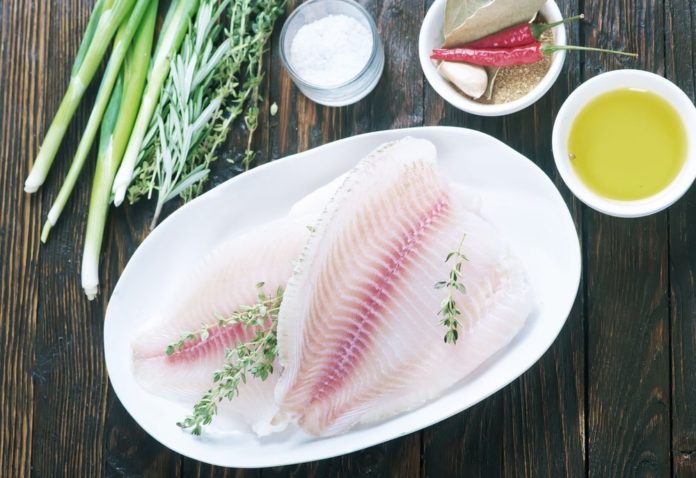Picking up fresh fish at the market can seem like a bit of a gamble sometimes. Fresh, lean fish lasts for just two days in the fridge (and only three to four once cooked), which means that if your purchase isn’t eaten immediately, there’s a good chance it will go to waste. However, there are a number of ways you can easily and safely extend the shelf life of fresh fish so that it can be enjoyed for days (or months!) to come. And considering that Americans waste up to 150,000 pounds of food per day, the longer the shelf life of a fish, the more our oceans will thank us.
Freezing

Perhaps the most common method of preservation, freezing fish is an easy way to ensure you have fish on hand for weeks or months at a time. When sealed well in a plastic freezer bag, lean fish like Tilapia can last for six to eight months in the freezer. However, if you choose to go the extra mile and vacuum-seal your fish, it can stay fresh for a week in the fridge or up to a year in the freezer. This method—which involves removing all the air out of the freezer bag before it’s sealed—will also help to stave off freezer “burn”, which occurs when the intense cold of the freezer drys and irreparably damages the flesh of the fish.
If your fish is properly thawed, the taste and texture of your fillet will remain unaffected. Of course, it is also possible to cook fish straight from the freezer, which means this method of preservation will ensure a delicious fish dinner is always waiting for you at home.
Curing
There are two main methods of curing fish: smoking and salting. Both techniques have been used for hundreds of years, and until the invention of the refrigerator, were the main methods for preserving fish. Smoking fish at home is a lot easier than you might think, and involves soaking your fish in a brine and then placing it over a smoking fire source until cooked through. Hot smoked fish can be kept for a couple of weeks in the fridge, and even longer if frozen.
Salting, on the other hand, requires you to rub your fish with a dry brine of salt, sugar and spices, which dries out the flesh by drawing out any moisture (and thereby preventing bacterial growth in the process). Just remember to rehydrate your fish by soaking it overnight in potable water before cooking.
Pickling

Pickled fish can be stored for up to a month, and offers your fish a whole new flavor palette. Pickling is a two-step method that requires a few days of brining followed by a few days of pickling. The salt in the brine and the natural microbial properties of the vinegar protect the fish from spoiling, while added herbs and spices can infuse the fish with even more flavor.
Canning
Preserving your fish in cans is a convenient method of extending its shelf life—and it’s easier than you might think! It also allows you to store your fish for many years, making it the most effective method on the market. To easily can fish in quart jars, you’ll first need to soak fresh fillets in brine, then pack them into sterile jars and bring the jars to a boil in a pressure canner. As Tilapia is not a naturally fatty fish, it’s a good idea to can it with olive oil in order to keep it moist. You can even experiment with different herbs and spices to create a unique flavor.
Food waste is a huge issue today, not only in America but across the world. This practice is damaging to our environment, but it’s also hurting our wallets, with wasted food equalling wasted money. To help combat this problem, it’s important to ensure that food we purchase is consumed when fresh rather than left to spoil and tossed in the garbage. By mastering one or all of these preservation techniques, not only can you help to protect our planet, but you will be making sure that a delicious, protein-packed meal is always at your fingertips.
Discover some of our favorite make-ahead recipes with this guide to protein-packed meals you can prep on a Sunday.
Photo Credits: Shutterstock / Gayvoronskaya_Yan, Shutterstock / Matt Antonino, Shutterstock / HelloRF Zcool






